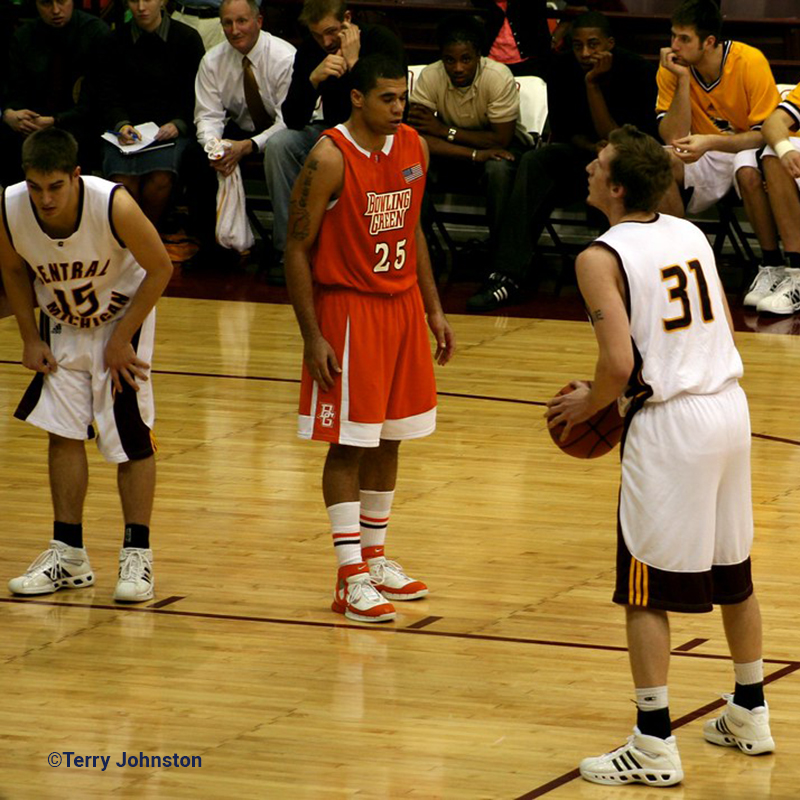This push would trample upon free market reforms that are working and ensure college athletes are compensated for their name, image, and likeness.
Four years ago, California launched a national revolution in college athletics by enacting Fair Pay to Play Act, which allows athletes to earn money from endorsements from their name, image, and likeness, or NIL.
The reform was needed, as PRI’s Wayne Winegarden said at the time, because “everyone makes money from these athletes, except the athletes themselves.” PRI’s Kerry Jackson called the legislation a “freedom revolution for college student-athletes.”
California’s push ultimately forced the NCAA to permit NIL deals in 2021. Since then, students athletes in major sports like football and basketball, and so-called Olympic sports like soccer and track and field are inking deals to endorse everything from fast food to apparel.
NIL has been beneficial for male and female athletes alike. Research has shown that women’s basketball players, for example, account for the second-highest-grossing income from NIL deals behind football.
Naturally, guardians of the status quo and some Members of Congress can’t leave the free market alone.
The NCAA recently hired former Massachusetts Gov. Charlie Baker as president, and he is leading “efforts to convince Congress to hep them regain some control over how college athletes make money,” according to ESPN. Worse, a group of House Republicans want to “create a national standard” for NIL deals. A House hearing on NIL will take place March 29.
No clarity is needed – the free market is working. Thousands of student athletes are generating income they would never have had before NIL was permitted. Athletes can decide for themselves whether an NIL deal is financially advantageous to them and worth entering. They don’t need Congress creating a new standard that would really only serve to limit athletes’ earning potential, which happened for too long under the old broken system before NIL.
California is also considering taking a giant step backward on NIL. State Sen. Nancy Skinner, D-Berkeley, the author of the Fair Pay to Play Act, this month told the San Francisco Chronicle that, “I would still like to figure out how student-athletes could be paid.”
One way to do this is making college athletes employees and giving them collective bargaining rights, something that Skinner at the state level and Democrats in Congress are promoting.
“If there was collective bargaining, then there might be an equalizer for those students to be able to benefit from being part of this very successful enterprise,” she said.
The Biden Administration is also pushing for collective bargaining.
In December, CNN reported that the Los Angeles office of the National Labor Relations Board “found merit in an unfair labor practice complaint filed on behalf of players on the football and basketball teams at the University of Southern California . . . which could open the door to previously unsuccessful efforts to form the first union of college athletes.”
College athletes are amateurs, not professionals. Even though college athletics is a multi-billion-dollar industry for NCAA schools, employing college athletes will eliminate any sense of amateurism and make college more like the minor leagues.
It could also limit NIL. In the private sector, employees are typically prohibited from having outside employment or income, or have to receive the OK from their employers to do so. Might they have to willingly limit their ability to earn outside income through NIL deals as part of becoming an employee?
As 17-time LPGA champion and World Golf Hall of Fame finalist Dottie Pepper told us recently on PRI’s Next Round podcast, “finding the right balance is the key. You’ve got to be able to help some of those kids have a decent lifestyle but somehow stay out of the nastiness (that’s) not in the spirit of amateur athletics.”
She’s right. At the end of the day, the current legislative efforts aren’t about finding balance, but really are about restricting the newly won economic freedom of college athletes. If lawmakers really believe that they are championing the cause of student athletes, they would be wise to tread lightly on so-called reform.
Tim Anaya is vice president of marketing and communications at the Pacific Research Institute.

